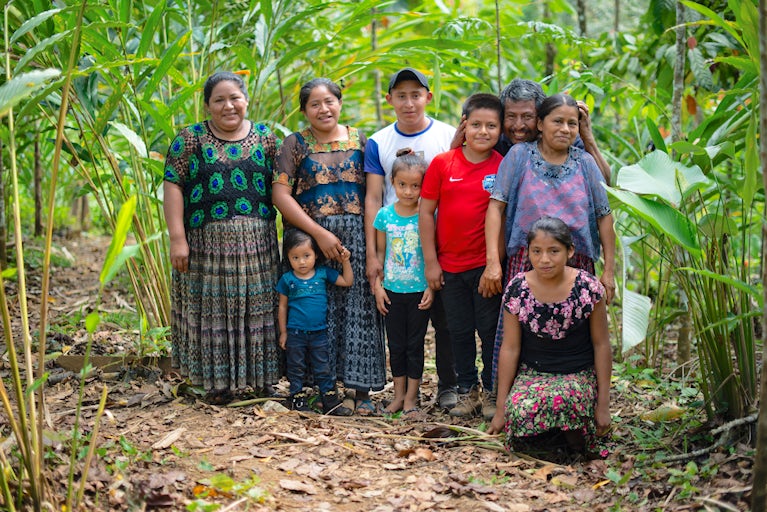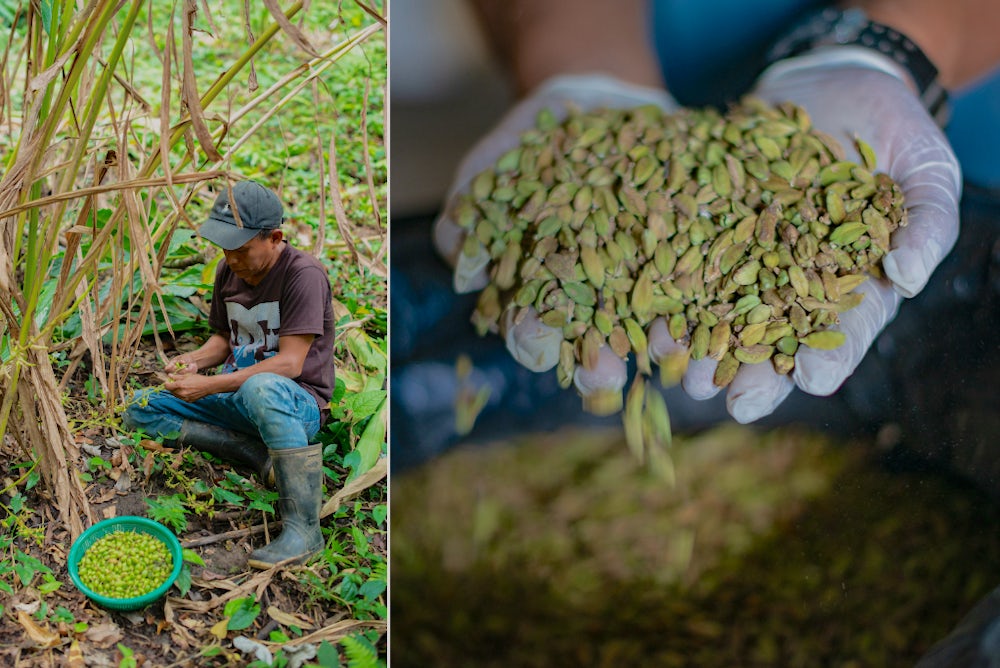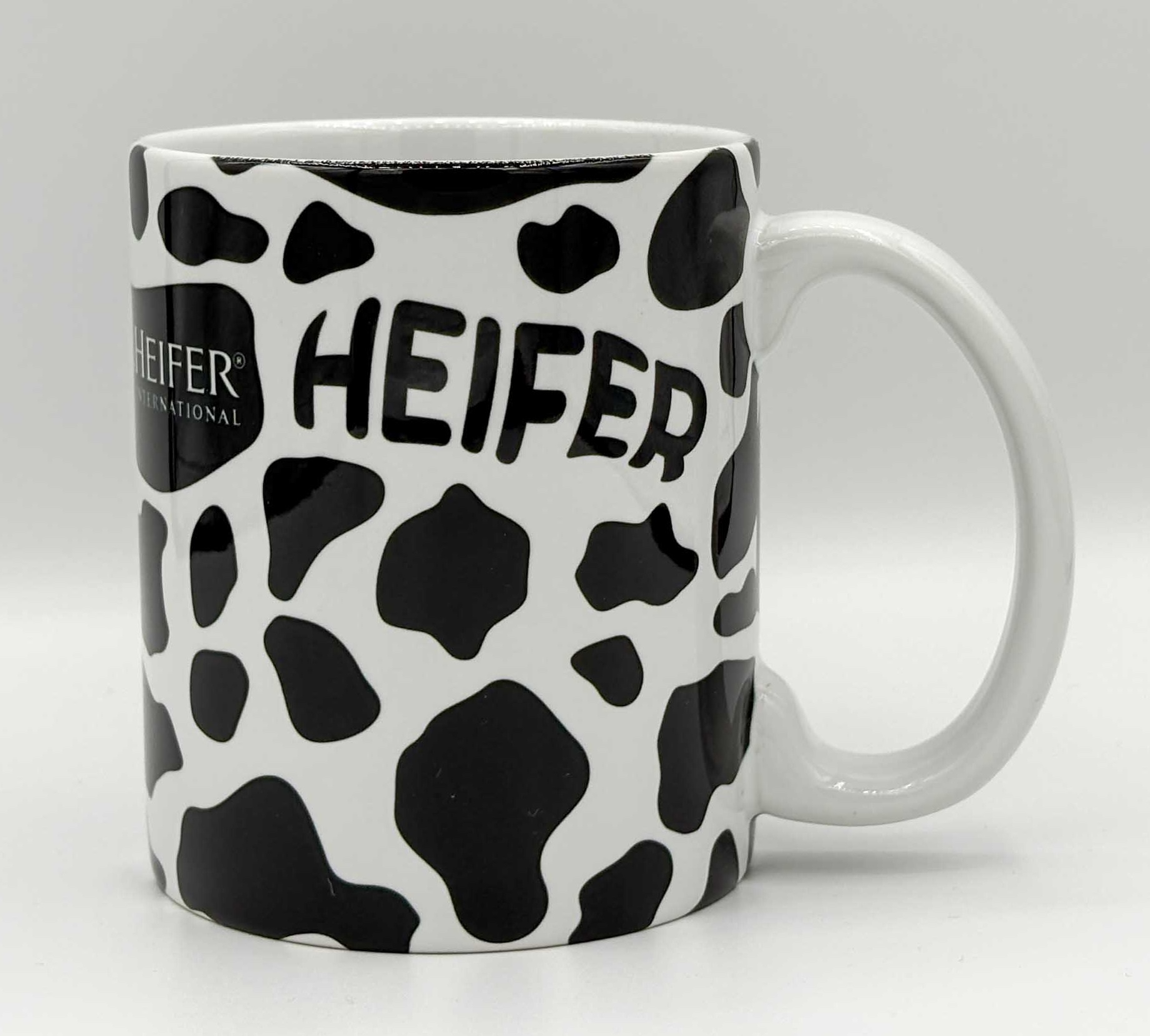A Spicy Solution to Proverty
June Impact Story

Heifer’s Cardaforestry project is an exciting initiative that helps cardamom farmers in Guatemala increase their incomes and strengthen their role in the lengthy supply chain that moves cardamom from their farms to your table.
Cardamom is known as “the queen of spices,” and it comes with a price tag to match the nickname — it’s the world’s third-most-expensive spice, after saffron and vanilla. It’s an engrained part of culinary culture in many regions, especially India, the Middle East and Scandinavia. But not, it should be noted, in Guatemala! Which is odd, because Guatemala is the world’s leading producer and exporter of cardamom and has been for many decades.
In fact, nearly 60% of the world’s cardamom originates in Guatemala — most of it grown in the mountainous region of Alta Verapaz by indigenous farmers who are using less than 10 acres of land each.
In an industry worth as much as $70 billion, the average cardamom farmer in Alta Verapaz earns about $1,800 a year. By Heifer’s analysis, these farmers need to earn more than twice that — at least $4,680 annually — to meet the most basic needs of their families, like shelter, nutritious food, clean water, health care and education.
With your support, Heifer is helping cardamom farmers bridge this income gap — and change the very dynamics of the cardamom industry.
We are providing the tools, training, financing and infrastructure cardamom farmers need to increase their value in the supply chain and their own bottom lines. With Heifer’s guidance and encouragement, farmers are forming cooperatives and pooling their resources so they can increase capacity and strengthen their bargaining power.
A key to the success of this venture is giving farmers the opportunity to add value to the product — in particular, the tools and techniques for drying the cardamom themselves. In its raw state, cardamom can rot in as little as 12 hours. Under pressure to sell before their crops spoil, farmers often make bad deals. If they can bypass the dryer middlemen and sell directly to bigger buyers, they’ll bring in more income for their efforts.

Last fall, we launched a collaboration between Heifer, McCormick & Company and Nueva Kerala. This initiative will invest $1.55 million in small-scale spice farms in Guatemala. Nueva Kerala will purchase directly from 500 farmers in Alta Verapaz and has committed to returning 15% of the net profit back to them.
Among the key infrastructure investments: converting from firewood as the primary source of energy to a mix of propane gas and electricity — and one day relying on solar energy, too.
.jpg?or=0&q=60&crop=faces,entropy&auto=format&fm=jpeg&shad=50&vib=20&duotone-alpha=40&duotone=000000,2CFFD4C6&w=1000)
Because of the region’s rich natural landscape — fertile hills and cloud forests — Alta Verapaz has potential to develop high-value agroforestry products and services managed by its local communities. The program promotes sustainable land use practices that can generate incomes and restore forests while working to mitigate climate change across 4,750 acres of biodiverse forest systems. Another aspect of the program is investment in cardamom dryer improvements that can better the quality of the spices while cutting down on environmental impacts.
Through these and other investments, the Green Business Belt project is improving lives and increasing opportunities for producers and their families.
.jpg?or=0&q=60&crop=faces,entropy&auto=format&fm=jpeg&shad=50&vib=20&duotone-alpha=40&duotone=000000,2CFFD4C6&w=1000)
“Once the harvest is done, we walk to the road, waiting to see the coyotes [intermediaries] so we can sell our products for the best possible price [they will take],” said cardamom producer Ciriaco Chom. “That is why I am thinking of renting a dryer, so I can improve my profit margin.”
.jpg?or=0&q=60&crop=faces,entropy&auto=format&fm=jpeg&shad=50&vib=20&duotone-alpha=40&duotone=000000,2CFFD4C6&w=1000)
Thank You
With your continued support, Guatemalan farmers who grow this elegant spice will earn enough money to reinvest in their farms — and create a sustainable cycle of income that will benefit their families, communities and future generations. Thank you for making such transformative change possible.

